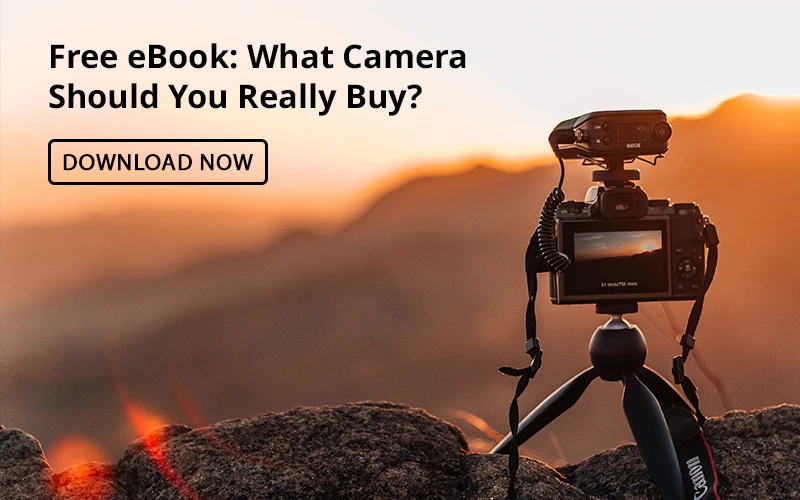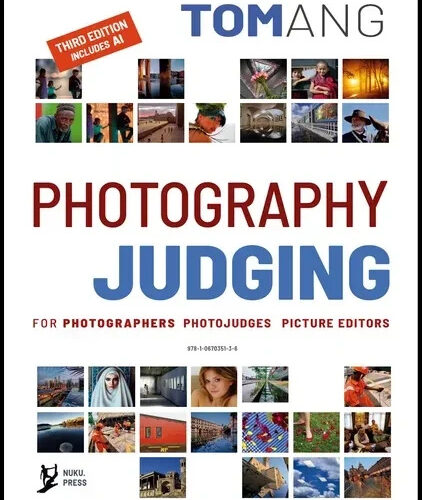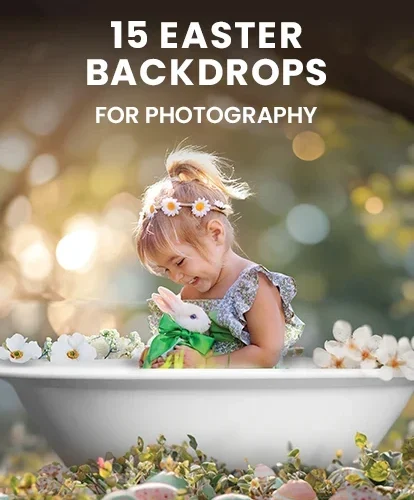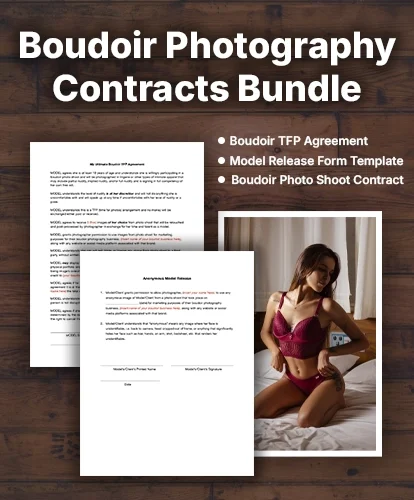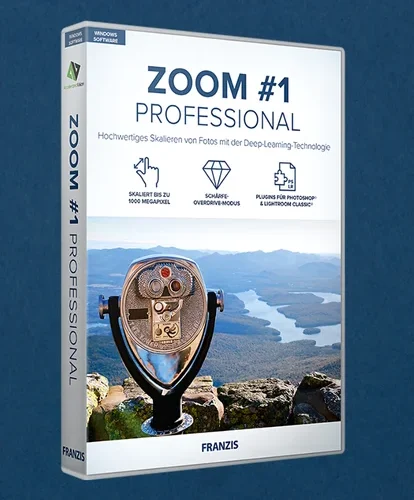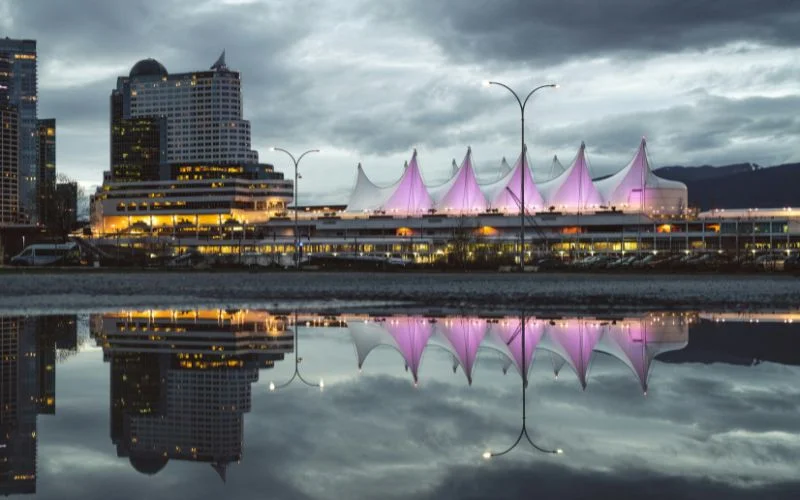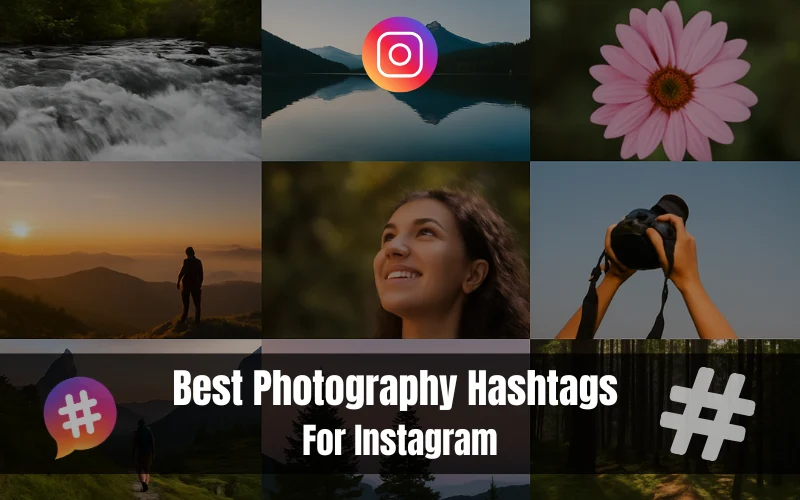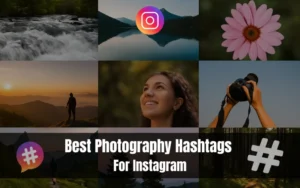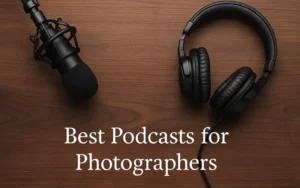Light moves fast, and so does life. But with the right shutter speed, a camera can control time itself. A split second can freeze a dancer mid-leap, while a longer exposure can turn rushing water into a silky dream.
Every photograph tells a different story depending on how fast or slow the shutter opens and closes. Whether freezing a moment of high-speed action or working with painting light, shutter speed adds a different dimension to creativity.
Let’s find out how it works and how you can use it to control the appearance of movement in your images.
Table of contents
- What Is Shutter Speed In Photography?
- What Is Shutter Speed Measured In?
- What Controls Shutter Speed?
- What Is The Difference Between Shutter Speed And Aperture?
- Shutter Speed Chart
- What Is A High Shutter Speed?
- What Is A Slow Shutter Speed?
- Choosing The Right Shutter Speed For Different Photography Styles
- Tips To Master Shutter Speed
- Shutter Speed Photography Examples
- Final Thoughts
- Frequently Asked Questions
What Is Shutter Speed In Photography?
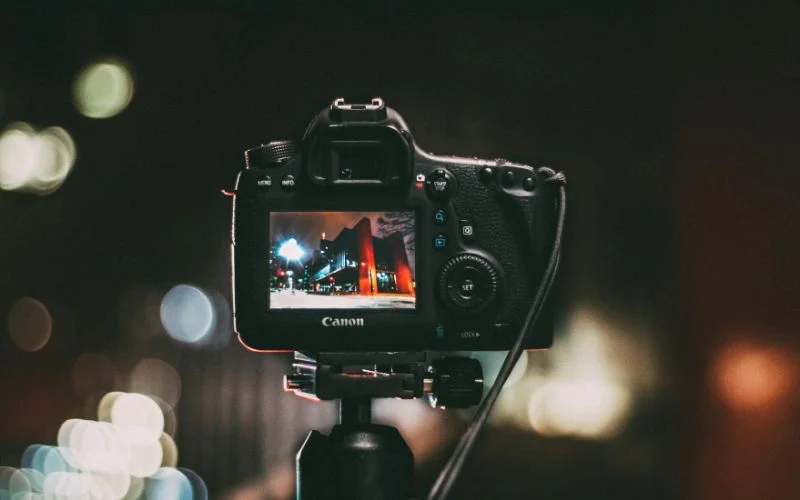
Shutter speed refers to the duration that the camera’s shutter remains open when capturing a photograph. It can be compared to the blinking of our eyes.
A quick blink will provide you with a clear, stable snapshot. But if your eyes stay open a bit while you’re moving, your pictures get all smeary. That’s pretty much the deal with shutter speed in snapping shots!
You get a sharp, detailed shot of moving stuff with a fast shutter speed (like 1/1000s), and it’s just the ticket for action-packed scenes or snapping wild critters.
On the other hand, if you select a slow shutter speed, 1 second or longer, it will allow even more light in, and you’ll get that creative motion blur. This is great for photographing tumbling waterfalls, streaky lights, or cool pictures taken at night.
Getting a grip on shutter speed gives you the power to manage how motion appears in your pictures, from stopping it dead in its tracks to giving it a silky, artsy vibe.
What Is Shutter Speed Measured In?
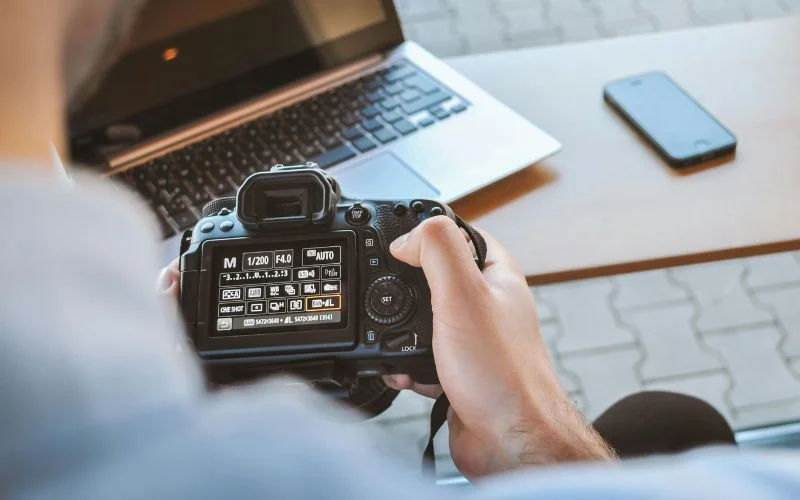
While shutter speed is measured in seconds or fractions of a second, it is usually displayed in a camera with numbers. For example: 1/1000, 1/250, 1/60, 1″, 5″, etc.
Fast shutter speeds (1/1000, 1/500) mean that the shutter opens and closes rapidly, virtually arresting motion.
Slow shutter speeds (1″, 5″, 10″) keep the shutter open for longer with greater light and more motion blur.
A whole number with a quotation mark (e.g., 2″) means that the shutter will be open for that many seconds; a fraction (e.g., 1/500) means it will be open for only a tiny fraction of a second.
The shutter speed is determined by what you shoot: fast for action, slow for creative blur, and somewhere in between for everyday photography.
You might also like: How To Protect Images On A Website
What Controls Shutter Speed?
Several camera modes allow you to manually or automatically adjust the shutter speed:
- Manual Mode (M): In manual mode (M), you have control over the ISO, shutter speed, and aperture.
- Shutter Priority Mode (S or Tv): The camera automatically modifies the aperture based on your set shutter speed.
- Aperture Priority Mode (A or Av): The camera controls the shutter speed according to your selected aperture setting.
When adjusting the shutter speed, you can also change the ISO and aperture to account for variations in light.
What Is The Difference Between Shutter Speed And Aperture?
A lot of new photographers mix up shutter speed with aperture, cause they both play a part in exposure. So, here’s a simple explanation:
| Feature | Shutter Speed | Aperture |
|---|---|---|
| Definition | Light exposure time | Size of the lens opening |
| Controlled by | Motion (freeze or blur) | Depth of field (sharp vs. blurred background) |
| Measured In | Fractions of a second (1/500s, 1s) | f-stops (f/1.8, f/8, f/16) |
| Example Use | Used for freezing action or creating motion blur | Used for creating blurred backgrounds in portraits |
To put it breifly:
- Motion is controlled by shutter speed.
- Depth of the field is controlled by the aperture.
You must balance shutter speed, aperture, and ISO (also called the Exposure Triangle) for perfect exposure.
Shutter Speed Chart
This shutter speed chart shows how various speeds capture objects in motion..
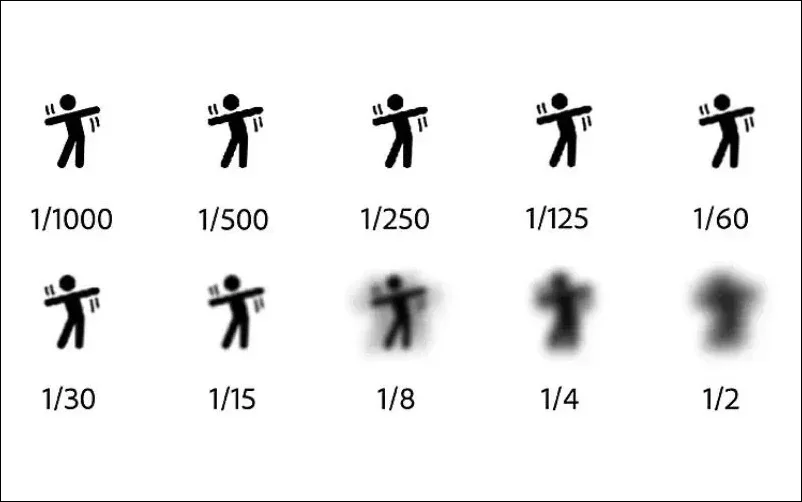
What Is A High Shutter Speed?

A high shutter speed is simply a lot faster than the standard shutter speed. It opens and closes almost instantly, usually about 1/500 second and even faster. Some cameras might even have shutter speed options of up to 1/8000 so you can truly capture moments in split seconds at the greatest clarity.
Uses of High Shutter Speed
- Freezing Fast Action: Extremely high shutter speeds like 1/1000sec or faster freeze the action with superb detail in the moving subject. Usually, you’ll find high shutter speeds in forms of sport, wildlife, and street photography.
- Capturing Sharp Water Droplets: Want to freeze splashes or rain in the air? You need a shutter speed of 1/2000 of a second or faster to make water stand still in time.
- Eliminating Motion Blur: When shooting stuff with many motions, like handheld shooting with kids, pets, or anything that moves, a high shutter speed helps eliminate the slightest motion.
- Photographing Birds in Flight: Birds fly fast. In order to get a good picture of them in sharp detail, a shutter speed of about 1/2500sec and faster is usually required.
- Action-Packed Events: From car tracks to dancers mid-spin, any fast-action event requires a fast shutter speed to seize such moments accurately.
What Is A Slow Shutter Speed?
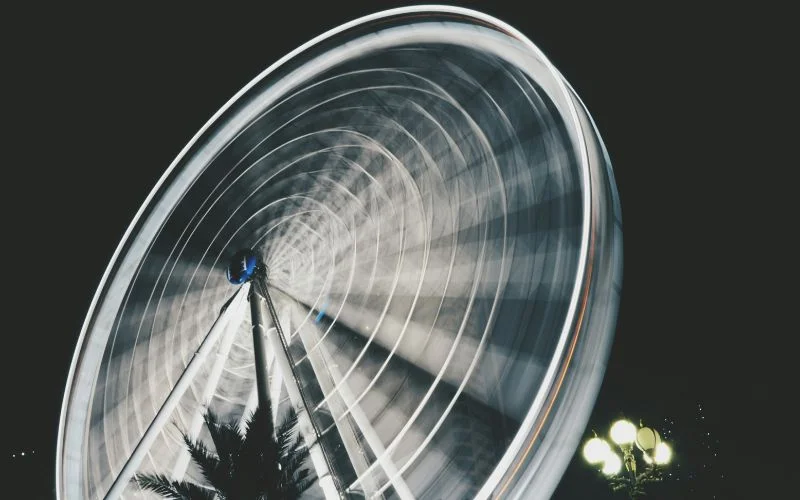
Slow shutter speeds are those that keep the shutter open for more time than one-sixtieth of a second, going from one second up to ten and, in some cases, even longer. Such slow shutter speeds help to induce a large amount of light onto the sensor. Hence, motion or smoothness can be created in the picture and, therefore, on the picture itself for something called creativity.
Uses of Slow Shutter Speed
- Creating Motion Blur: While shooting moving subjects like waterfalls or rivers or even car lights, one can create superb blur effects with slow shutter speeds of one second or more, adding a real sense to any movement felt.
- Light Trails & Long Exposure Photography: During the nighttime, slow shutter speed conditions (5s-30s) capture pictures of moving cars in striking trails, adding dynamism and artistry to otherwise mundane cityscapes.
- Smooth Water & Clouds: Long exposure (about 10s or more) renders waves, waterfalls, and even clouds flowing and dreamy, thus perfect for landscapes.
- Star Trails & Astrophotography: To record the movement of stars, shutter speeds are sometimes incredibly slow, up to 30 seconds or more, to gather light for creating star trails.
- Low-Light & Night Photography: A slow shutter speed allows more light through, thus allowing shooting in dark conditions without the use of flash. It is often done with cityscapes, fireworks, and moonlit landscapes.
Choosing The Right Shutter Speed For Different Photography Styles
1. Portrait Photography
For portraits, a shutter speed of 1/125 to 1/250 seconds works best. It blurs small movements and is sharp enough to define the subject. When working with a moving subject, you can use the shutter speed of 1/500s. For instance, it will guarantee that the expressions are flawlessly captured when taking candid pictures.
Pro Tip: If you are using telephoto lens, then speed up the shutter to prevent camera shake.
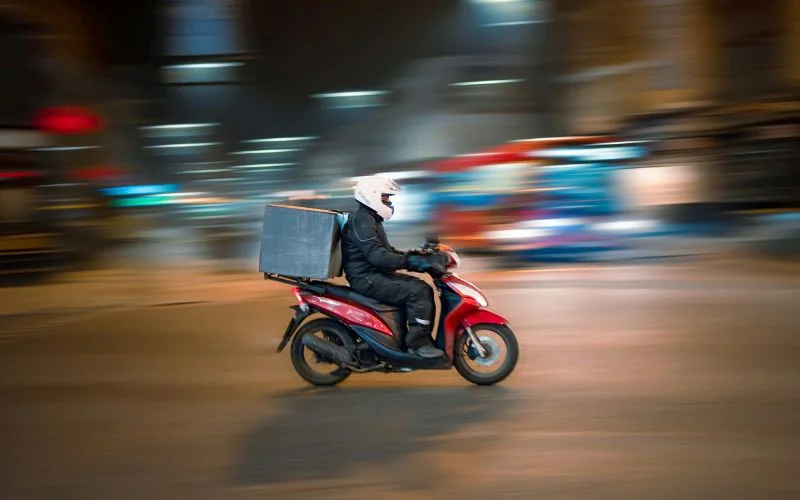
2. Street Photography
Since street photography aims to capture these kinds of moments in time, shutter speeds between 1/250 and 1/500 seconds are ideal for capturing specific actions and maintaining scene realism. The shutter is slowed down to about 1/60s or less if a slightly blurred method of enhancing action is being used.
Pro Tip: To get great street scenes in low light, use a slower shutter speed with a wider aperture or a higher ISO.
You might also like: Practical Tips for Successful Street Photography on Vacation
3. Night Photography
Night photography typiccaly requires slow shutter speeds from 1 to 30 seconds in order to allow the camera to capture more light. At this point, a tripod is necessary to prevent camera shake.
Pro Tip: It is suggested to use a timer or a remote shutter release, to prevent touching the camera and creating blur.
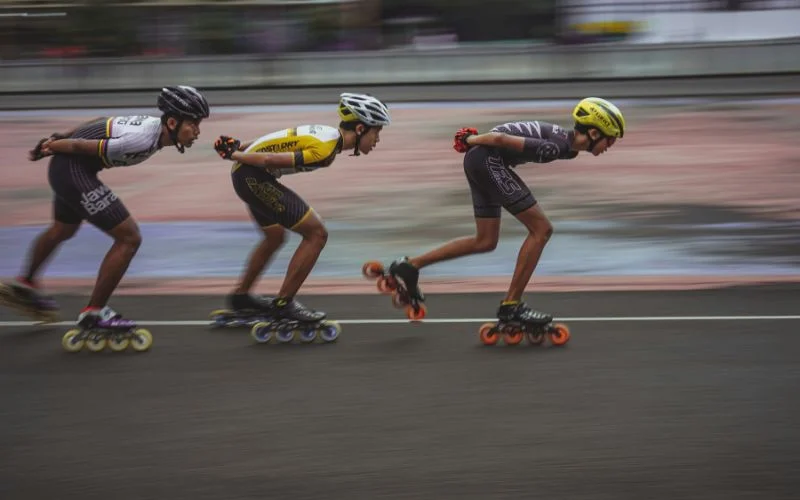
4. Sports Photography
Sports photographers generally work with shutter speeds of 1/1000 to 1/2000. For photographing sports action, you will need faster shutter speeds, like 1/4000s or higher.
Pro Tip: Use continuous autofocus (AI-Servo or AF-C mode) for sharp images of moving subjects.
5. Outdoor Photography
Depending on the subject matter, outdoor photography takes different forms. Between 1/250s and 1/500s, general images are typically acceptable.
However, you might want to use a shutter speed of 1/1000s when shooting on windy days, for example, to prevent blurring of your grass or leaves. To achieve a smooth effect, use a slow shutter speed, such as 1–5 seconds, if there are ropes, like waves or waterfalls.
Pro Tip: A neutral density (ND) filter is one of the best tools to use when you want to use a slow shutter speed and are shooting in bright conditions.
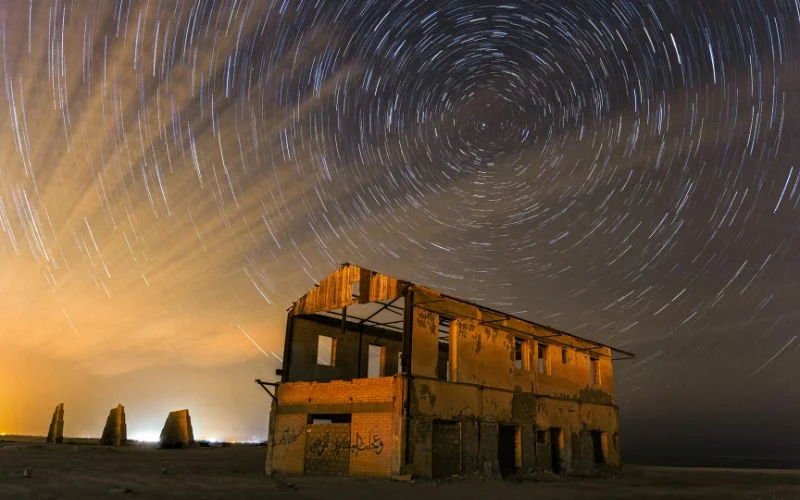
6. Astrophotography
To photograph stars, you’ll want a shutter speed of between 15 and 30 seconds to give the maximum light time. If you go any slower, you will see trails instead of pinpoint stars.
Pro Tip: Use the 500 Rule, which states that you should take 500 and divide it by your focal length to get the maximum exposure time before the stars begin trailing.
You might also like: The All-in-1 Astrophotography Course For Aesthetic Skies
7. Indoor Photography
With dim indoor lighting, the shutter speed should be between 1/60s – 1/250s, varying with the amount of natural light available.
If people are moving, you will want to use 1/250s to keep them in sharp focus. You should pay attention and adjust the ISO or go more expansive with the aperture due to the low light.
Pro Tip: Do not fall below 1/60s to avoid camera shake if you are doing handheld.
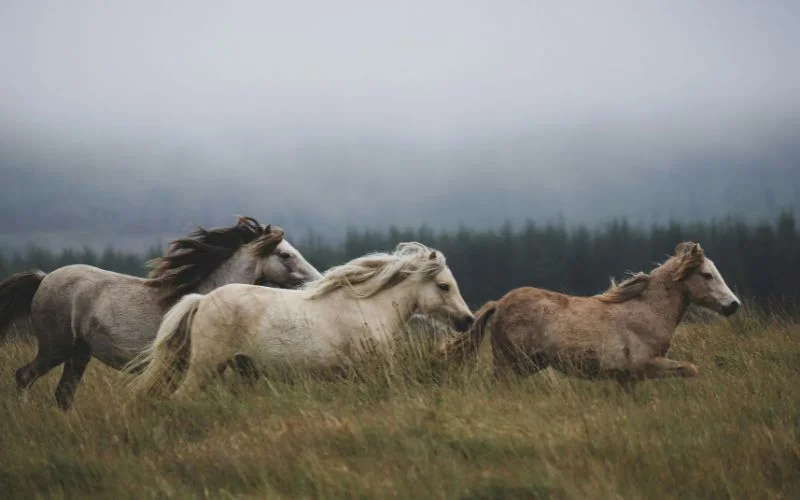
8. Wildlife Photography
Wildlife photography means capturing unpredictable movement, and as such freezing motion works best at very fast shutter speeds (1/1000s to 1/4000s). When photographing birds in flight, it is ideal to use the faster shutter speed ranges of 1/2500s to 1/4000s.
Pro Tip: Utilize burst mode shooting to take multiple frames quickly for the best shot.
9. Landscape Photography
1/100s to 1/250s would be best for breathtaking landscape photographs; however, it’s ideal to shoot from 1 to 30 seconds for water, clouds, and any moving objects to capture frozen motion for an ethereal effect.
Pro Tip: Use a tripod and remote shutter release for the best tactile sharpness on long exposure images.
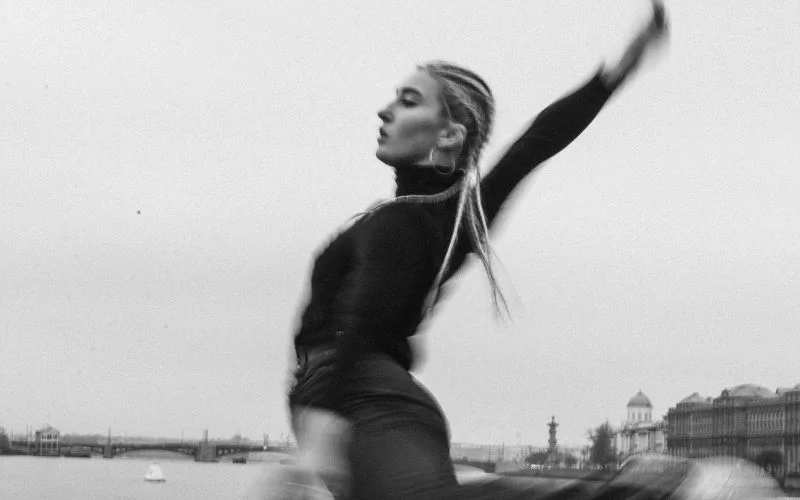
10. Dance Photography
If you are taking pictures of dancers, you should use a shutter speed between 1/500 and 1/1000 so that you can stop action, but it keeps the dancer sharp in the image. If you want an artistic image, try shooting in the shutter speed range of 1/60 to 1/200. This will give you a slight motion blur of the dancer.
Pro Tip: Shoot in continuous mode to catch that perfect moment in a dancer’s movement.
Tips To Master Shutter Speed
1. Focus On the Basics
Shutter speed is how long the shutter stays open. A fast shutter (1/1000s or quicker) freezes motion, while a slow shutter (1s or more) adds blur and light trails.
Blinking is a good example of this: blinking quickly causes something to freeze in your eyes, but opening your eyes for a longer period of time allows you to see a variety of details with expression and motion.
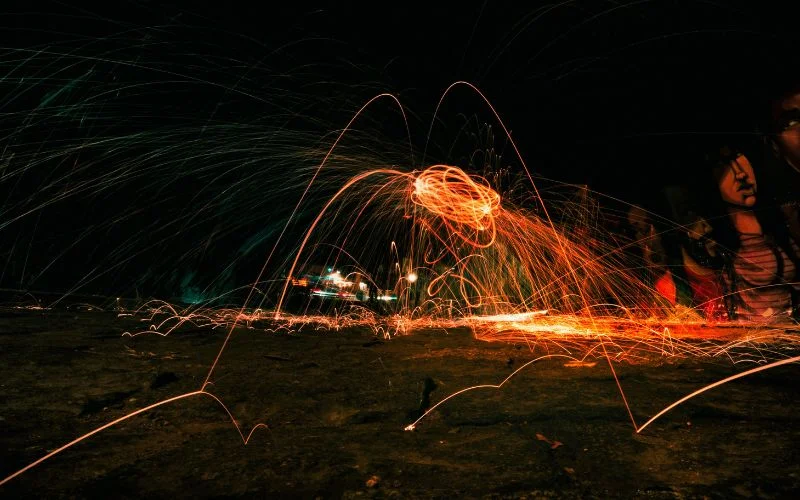
2. Match the Shutter Speed to the Type of Subject
For sporting events or wildlife, faster shutter speeds (1/1000 or faster) will freeze the action.
A medium shutter speed (1/125-1/250) will be perfect for people photography and general purpose images if they do not move too much.
A slow shutter speed (1 second or longer) will create nice motion effects for landscape and light trail photography.
3. Use a Tripod for Slow Shutter Speeds
Any hand movement can lead to a blur in your shot when you are using slow shutter speed. A tripod is a must in long exposure or night photography conditions, like that of silky waterfalls.
If you don’t have a tripod, put your camera on anything stationary. For example, place it on a table. You can use the timer feature or a remote control to avoid shaking the camera when you press the shutter again.
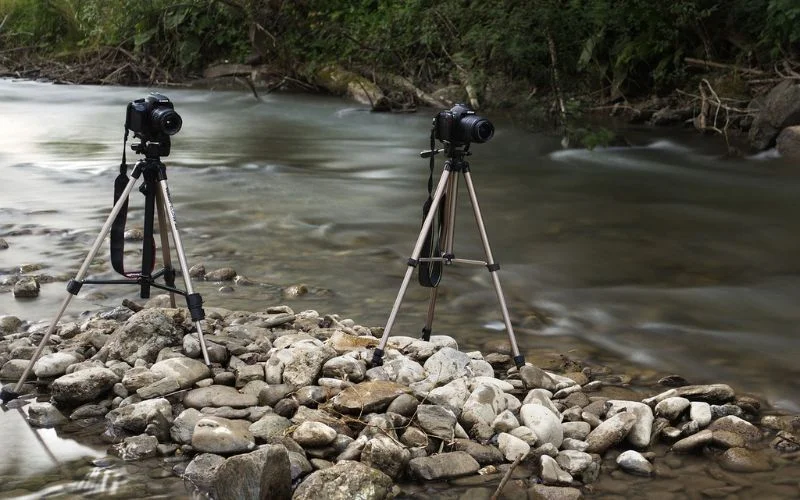
4. Adjust ISO & Aperture to Balance Exposure
Shutter speed has an effect on the amount of light getting into the camera. So, picking a quick shutter speed to catch the action might make the picture turn out dark.
You’ve got two choices here: either crank up the ISO or widen the aperture (go for a tinier f-number) to let in more light. When it’s super bright outside, you should turn down the ISO and narrow the aperture to avoid having your photo come out too bright.
You might also like: Image File Format Guide: What’s the best Image File Format?
5. Use Burst Mode for Action Shots
It can be difficult to shoot moving subjects such as athletes and birds. When that is the case, be sure to put your camera on burst (continuous shooting) mode and take as much photos as possible with your camera.
This is an effective way of increasing your chances of obtaining at least one decent image. High shutter speeds (e.g., 1/1000 sec and faster) in continuous burst mode are the optimum technique for obtaining clear, sharp action photos.

6. Try Out Motion Blur
Not all motion is a negative thing. In fact, some motion and blurring can breathe some excitement into an image! At slow shutter speeds (for example, 1/30s or so), artistic effects can start to develop, such as light trails or silky-looking water falls, etc.
Panning, is another great technique in which you move the camera with the moving subject, while at a low shutter speed, and you retain sharpness on the subject, while blurring the background to really enhance the motion!
7. Watch Out For Camera Shake
Hand-held shots below 1/60s often blur. To keep images sharp, match shutter speed to focal length: use 1/50s for a 50mm lens.
Modern lenses and cameras frequently integrate image stabilization technology IS/VR which assists in removing shake during slower speed shooting sessions. In the 50mm lens scenario selecting a shutter speed of 1/50s or faster effectively prevents unwanted camera shake blurs.
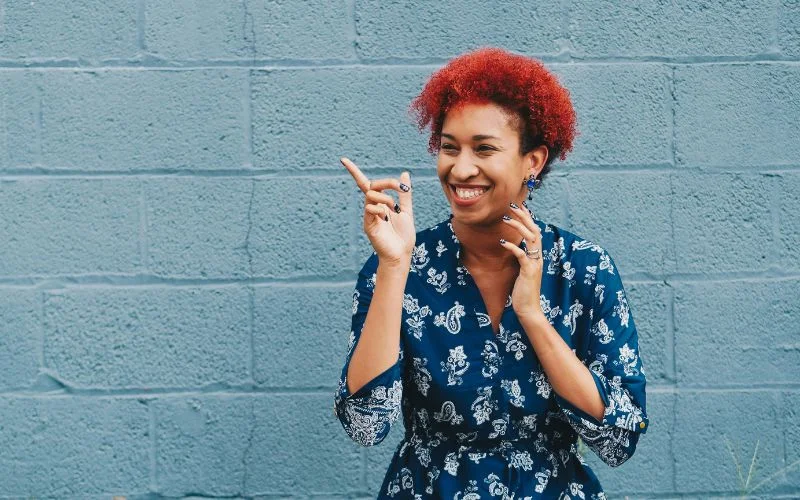
8. Test It Out In Different Lighting Conditions
The way you set your shutter speed depends on the light you have. You can take fast-action pictures when it is very bright with your fast camera, however if the conditions the lighting is low, you will likely need to take a long exposure (hold the shutter open for a longer time) to allow more light in.
When shooting faster and the picture is too quiet, you can increase your ISO number, or you can open the aperture wider to allow more light in, you could also bring in an extra source of lighting to help.
You might also like: How Lighting Affects Mood & Perception
Shutter Speed Photography Examples
1] Shutter Speed: 1/500 sec (freezing motion)
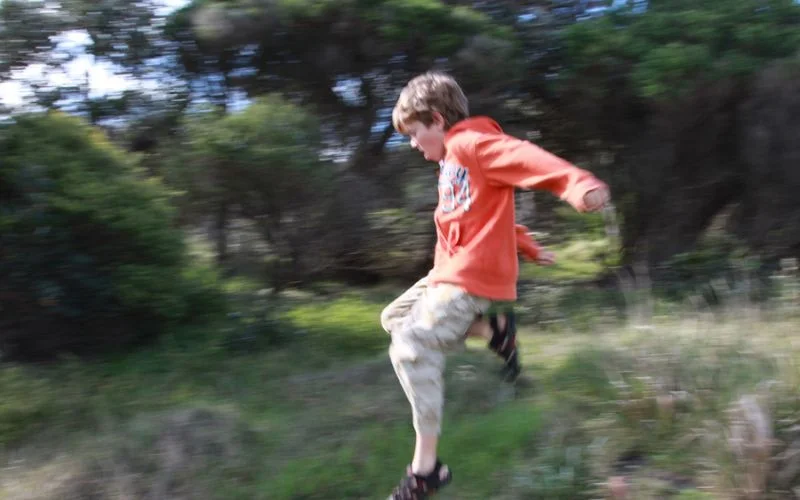
2] Shutter Speed: 1/8 sec (blurring motion)

3] Underwater Shot in Samoa – 1/8000 sec (freezing motion)

You might also like: Cute Selfie Poses to Level up Your Instagram Feed
4] Wind Surfer – 1/2000 sec (action photography)
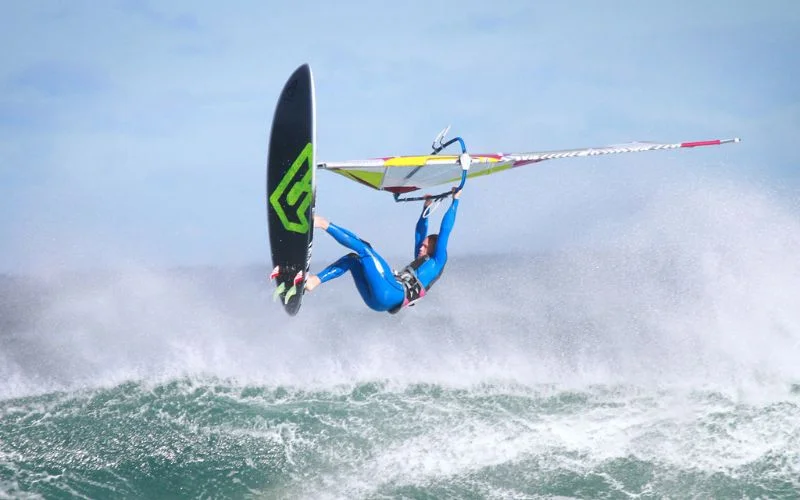
5] Woman on a Horse – 1/2000 sec (moving portrait)

You might also like: Sweet 16 Photoshoot Ideas To Shine On Your Big Day
6] Sunset – 1/2000 (long lens – stop camera shake)
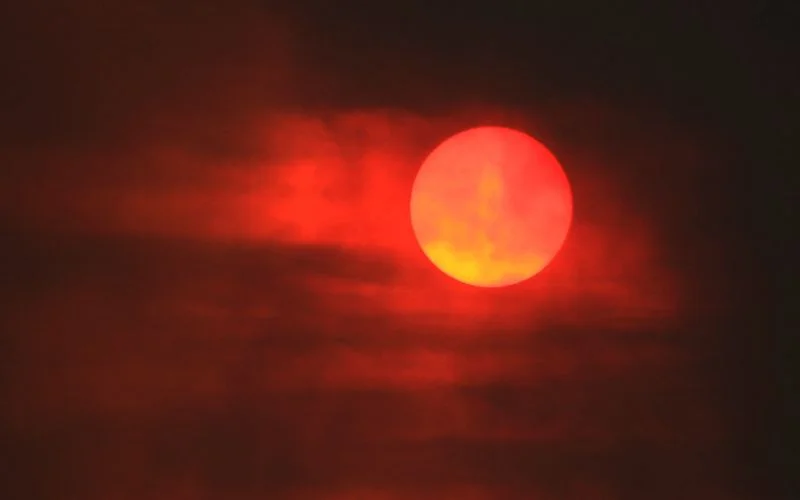
7] Family Portrait – 1/1250 sec (moving portraits – freezing motion)
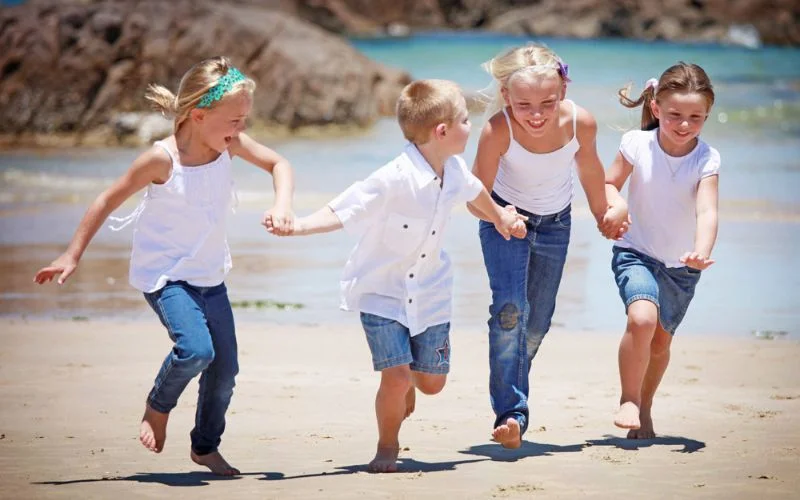
You might also like: The Ultimate Steel Wool Photography Guide
8] Bull Riding – 1/30 sec (creative with moving subject)

9] Moving Water & Cascades – 8 sec (movement in water – milky look)
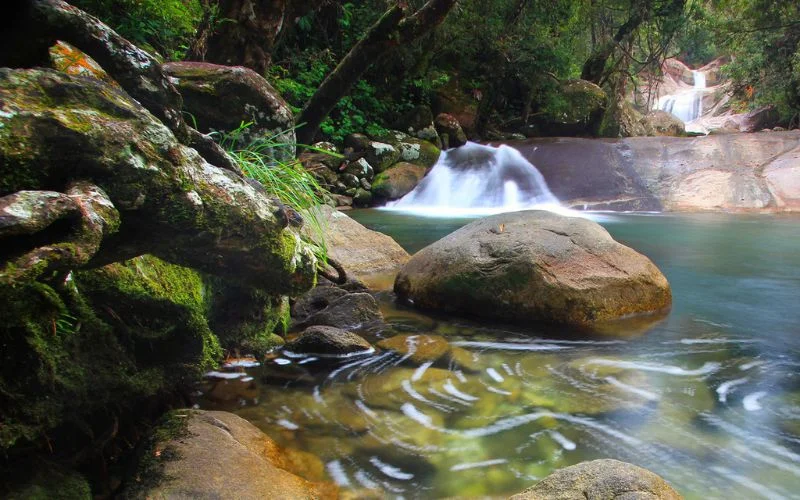
You might also like: Best Passport Picture Tips: Easy Ways To Get The Perfect Photo
10] Ocean – 30 seconds (cloud movement – long exposure)
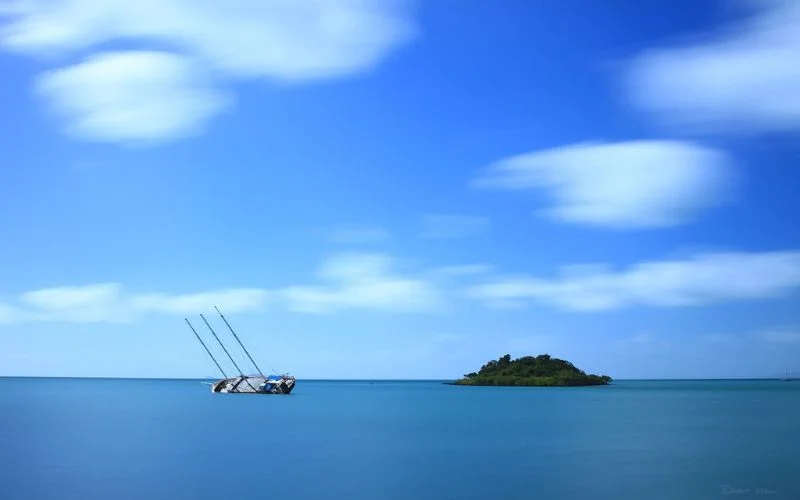
Final Thoughts
Shutter speed is a big creative advantage when it comes to photography! And mastering this art, can truly elevate your photography skills.
Well, now it’s your chance! Grab your camera and play around with some shutter speeds.
What do you like most about experimenting with shutter speed? Let us know down in the comments!
Frequently Asked Questions
Q.1 How does shutter speed affect my photos?
Ans. A fast shutter speed creates a shorter exposure (the amount of light the camera takes in) and a slow shutter speed gives the photographer a longer exposure.
Q.2 What’s the best shutter speed for everyday photography?
Ans. For everyday photography, a good starting point for shutter speed is 1/125th of a second or faster to avoid motion blur, especially when shooting handheld. However, the ideal shutter speed depends on the subject and lighting conditions.
Q.3 What is the “shutter speed rule” for sharp photos?
Ans. The “shutter speed rule” for sharp photos, also known as the “focal length rule,” suggests that when hand-holding your camera, your shutter speed should be equal to or faster than the lens’s focal length (in seconds) to avoid motion blur.
Q. 4 Can I adjust shutter speed on my phone camera?
Ans. Yes, most smartphones allow you to adjust shutter speed, often through a “Pro Mode” or “Manual Mode” in the camera app.

